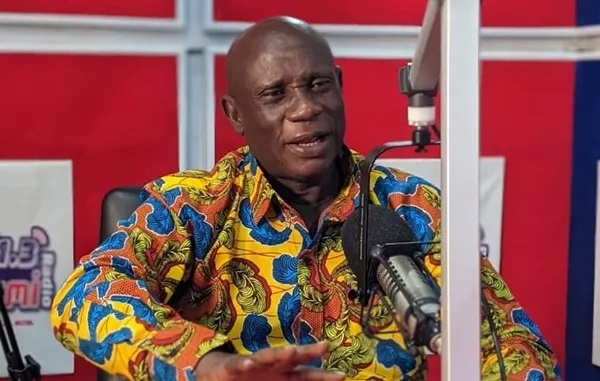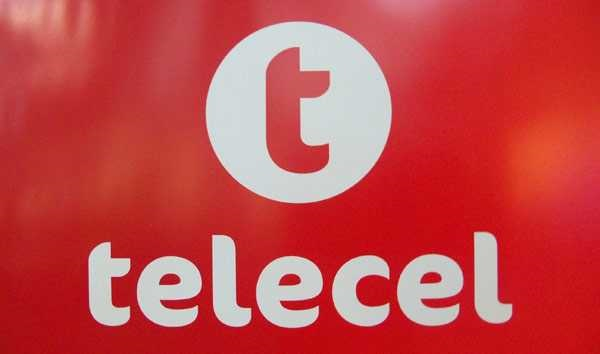Equinor's Empire Wind project progresses amid legal challenges - Newsday
The first foundations for wind-power turbines off the South Shore are being pounded into the seabed 14 miles off the coast of Long Beach this week, even as the nation’s once-ambitious plan to install thousands of wind turbines in U.S. waters teeters amid uncertainty from the Trump administration.
Hundreds of crew members and more than a dozen ships are already operating in the waters off the South Shore of Nassau to prepare the seabed with a rock layer to stabilize the 54 turbine foundations, which are being installed by the Netherlands-based vessel Thialf. Three foundations are in place, company officials said Wednesday.
The work follows a nearly two-month pause after the Trump administration ordered work to cease in April, ostensibly to review the fully permitted project’s environmental impacts. The order was lifted last month in what Interior Secretary Doug Burgum suggested was an agreement with New York state that could revive two previously shelved natural gas pipelines.
Since then, fishing and conservation groups and anti-power-activists have filed a lawsuit in federal court in New Jersey seeking an order to uphold the former stop-work order. The suit challenges the legality of giving a lease to a foreign company. The request is pending.
Empire Wind developer Equinor, of Norway, said the three foundations set in place by blows by the Thialf’s giant hydraulic hammer took place amid protections for sea life, including an undersea bubble curtain to lower noise levels to reduce sound impacts.
The company also has whale-spotting crews, infrared cameras and underwater listening devices to monitor for sea life and pause work if animals are spotted in the area. Already, they say, they’ve encountered humpback whales in the region.
It takes around two days to fully set each foundation in place, so work on all 54 foundations and an offshore substation will continue through the fall. A second layer of rocks will be put in place around each of 54 foundations before that stage of the work is completed later this year.
The foundations cannot be seen from shore, but more visible aspects of the project will start next year.
In January, an offshore substation will be lowered onto foundations in the work area, to be followed in July by installation on each of the 54 foundations of the tall white towers, power turbines and blades. The towers with blades will be 951 feet tall and visible from the shore.
Workers this summer also will be setting in place the cables that interconnect the individual wind arrays, and begin work on a cable to connect the power lines to an onshore substation in Brooklyn.
About 350 workers are on board the Thialf, Equinor said, but by the project’s end, about 500 workers and some 35 vessels will have worked on the project, including many U.S. based contractors.
The federal government’s environmental review of Empire Wind continues as the project works toward a completion date of late 2026, with a plan to power more than half million New York City homes.
For Equinor, which saw the loss of a joint-venture partner in BP and costs increases amid interest rate and material price hikes since the project was first approved in 2019, the plan appears to be to continue the work with as little disruption as possible.
Earlier this month, a worker for a support vessel for the project died in an accident, Equinor and the contractor, Tidewater, reported. Equinor in a statement said a Coast Guard investigation is "ongoing with Tidewater," and Equinor "will support relevant authorities as appropriate." A Coast Guard spokesperson didn’t respond to requests for comment.
Also this month, Equinor announced a fisheries compensation program for fishing companies that may be impacted by loss of fishing grounds because of the placement or construction of the wind farm, which covers just over 79,000 acres of ocean in an area known as the New York Bight.
The compensation program is available for commercial and charter/for hire fishermen who have been "economically impacted" by construction and operation of the array. Those who believe the operations will impact them financially have until Oct. 13 to apply. The program is being administered by a third-party company and those with claims can apply at: https://ew1fisheriescompensation.com/
Bonnie Brady, executive director of the Long Island Commercial Fishing Assoc., which is a plaintiff in the recently filed lawsuit to block construction, said "up to 40” fishing boats could be eligible for compensation for fishing in the area, but she wasn’t optimistic.
"They’re wanting us to sign away our rights for 30 pieces of silver," she said, indicating a concern about a required waiver in the compensation plan that could prevent fishermen from suing in the future. The wind array "will destroy our entire fishing grounds, it will make the entire area unsafe to be in, and it’s an illegal lease," Brady said.
David Schoetz, an Equinor spokesman, said the waiver is "designed to prevent claimants from receiving compensation and then asking for more or filing a lawsuit over the compensation program."

Mark Harrington, a Newsday reporter since 1999, covers energy, wineries, Indian affairs and fisheries.









